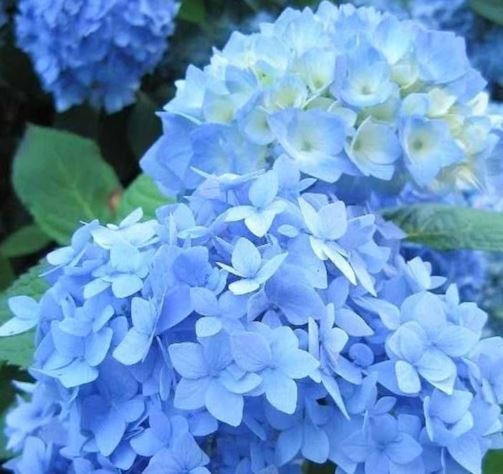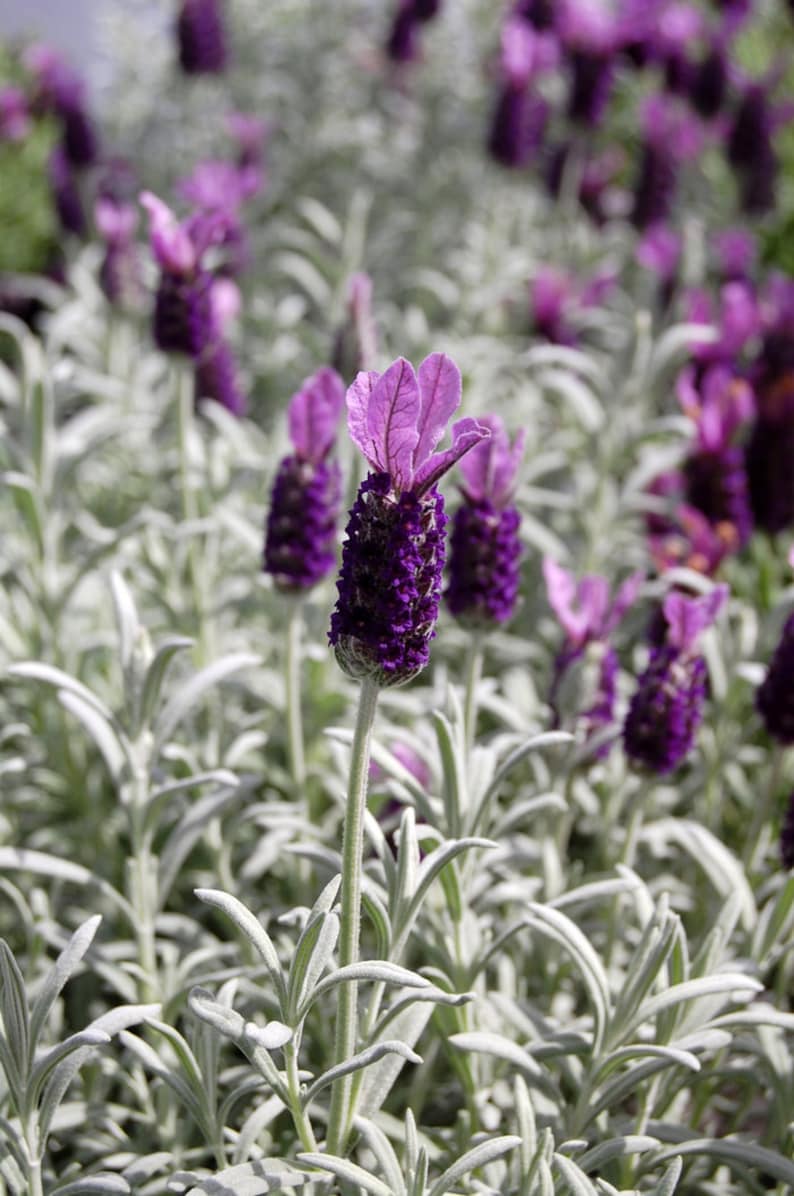
The Columbine plant is a beautiful flower that has been around since ancient times. It is a member of the buttercup family and is native to Europe, Asia, and North America. The flower has five petals and is usually blue, purple, or white in color.
The Columbine gets its name from its resemblance to a dove, and is often seen as a symbol of peace. In the Victorian era, it was seen as a symbol of love and faithfulness. The plant was also believed to have magical properties, and was used in herbal remedies.
The Columbine is a lovely flower that has long been a symbol of love, peace, and faithfulness. It’s a great choice for any garden, whether you’re looking to create a cutting garden, a wildlife garden, or just add a bit of beauty to your landscape.
Care Guide
- Obtain Columbine Seeds or Young Plants: You can either start with Columbine seeds or purchase young Columbine plants from a local nursery or garden center.
- Choose a Suitable Location: Columbines prefer a partially shaded area with well-draining soil. Select a location in your garden that receives morning sun and afternoon shade or filtered sunlight throughout the day.
- Prepare the Soil: Columbines prefer fertile, moist, and well-draining soil. Amend the soil by incorporating organic matter such as compost or well-rotted manure. This will improve soil fertility, drainage, and moisture retention.
- Sow Columbine Seeds (If starting from seeds): If you are starting with Columbine seeds, sow them in early spring or late fall. Lightly press the seeds into the soil surface without covering them completely, as they require light to germinate. Keep the soil consistently moist until germination, which usually takes 2-4 weeks.
- Transplant Young Columbine Plants (If using young plants): If you purchased young Columbine plants, carefully remove them from their containers and gently loosen the root ball. Dig a hole in the prepared soil that is slightly larger than the root ball. Place the plant in the hole and backfill with soil, ensuring the crown of the plant (where the stem meets the roots) is level with or slightly above the soil surface.
- Watering and Mulching: After planting, water the Columbine plants thoroughly and keep the soil consistently moist but not waterlogged. Mulching around the plants with a layer of organic mulch such as shredded bark or compost will help retain moisture, suppress weed growth, and regulate soil temperature.
- Provide Adequate Care: Columbines require regular watering, especially during dry spells. Ensure the plants receive about 1 inch of water per week. However, avoid overwatering, as excessive moisture can lead to root rot. Monitor the soil moisture and adjust watering accordingly.
- Fertilize: Columbines generally don’t require heavy fertilization. However, you can apply a balanced, slow-release fertilizer in early spring to provide essential nutrients. Follow the instructions on the fertilizer package for application rates.
- Pruning: Deadheading spent flowers will encourage continuous blooming and prevent self-seeding. Trim the flower stalks down to the basal foliage once the blooms fade.
- Pest and Disease Management: Columbines are generally resistant to pests and diseases. However, occasional problems may arise, such as aphids or powdery mildew. Monitor your plants regularly and take appropriate action if necessary, such as using organic insecticides or fungicides.
- Winter Care: Columbines are perennial plants and will go dormant during winter. In areas with harsh winters, apply a layer of mulch around the base of the plants to provide insulation and protect them from extreme cold.
Any Questions about your purchase?
Please message on the store you have bought from or you can email us at [email protected]. We’ll be happy to help!





